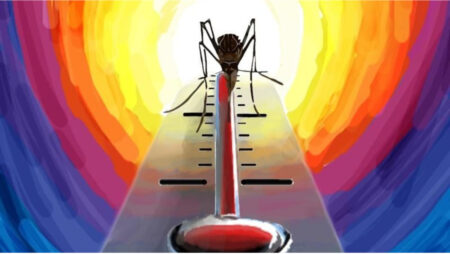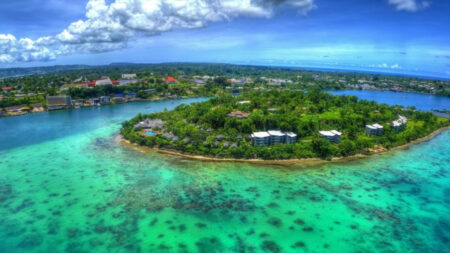The India Meteorological Department has issued a “yellow alert” for Thursday again. IMD forecasts severe heatwave conditions which may continue in several parts of Delhi.
The mercury touched 39.6°C, which was 8 degrees above the normal mark for this time of the year at Safdarjung. According to IMD data, it is the joint second-hottest March Day ever since 1951. March 1973 also recorded a high of 39.6°C after last year, when Delhi recorded 40.1°C.
Out of 12 weather stations in Delhi, 8 of them recorded a maximum temperature of 40 degrees and show concerns of the temperature going higher than 40 degrees on Wednesday. The warmest location was Narela with 41.7°C.
Areas Touching the Highest Temperatures
The maximum temperature rose to 40.1°C at Lodhi road, 40.9°C at Ridge, 40.3°C at Ayanagar, 41.4°C at Pitampura, 41.5°C at Yamuna Sports Complex, 40.6°C at Najafgarh and 40°C at Jafarpur, as per the IMD report. Other than Safdarjung, only three stations, which are- Mungeshpur (39.6°C), Palam (39.6°C) and Mayur Vihar (38.4°C), did not breach the 40-degree mark.
The India Meteorological Department has issued a “yellow alert” for Thursday again. IMD forecasts severe heatwave conditions which may continue in several parts of Delhi. The wind might pick up some speed to offer some relief to the Delhiites on Friday.
IMD officials said that the temperature would only drop to around 38°C on upcoming Friday and Saturday. “Safdarjung has recorded its hottest day of the year so far on three consecutive days now, with it touching 39.1°C on Monday, 39.2°C on Tuesday and now 39.6°C.”
What’s a “Heatwave”?
A “heatwave” is declared over a region when the maximum temperature reaches 40 degrees or higher and 4.5 degrees or more above the normal mark for two consecutive days. A “severe heatwave” is considered if the maximum temperature is 40°C and 6.5 degrees or more above normal.
A yellow alert is announced to warn people about a possible weather-related event. Delhi will also end the month with no sight of rain, unlike the regular pattern where Delhi sees an average rainfall of 15.9mm in March.
Edited by Subbuthai Padma
Published by Iram Rizvi












